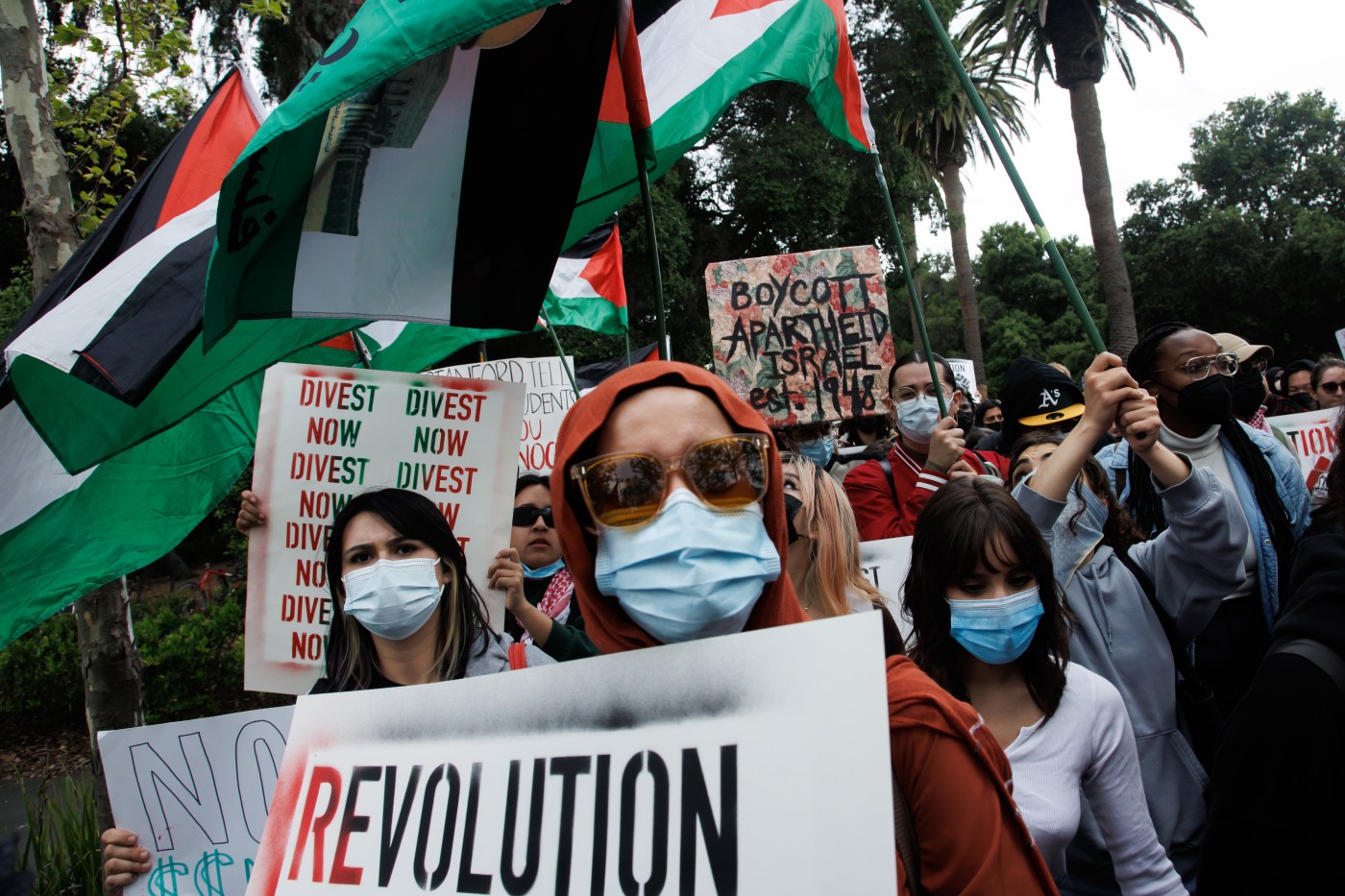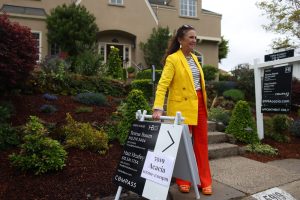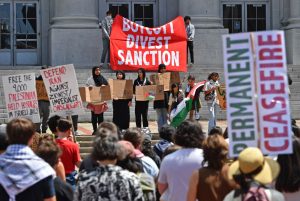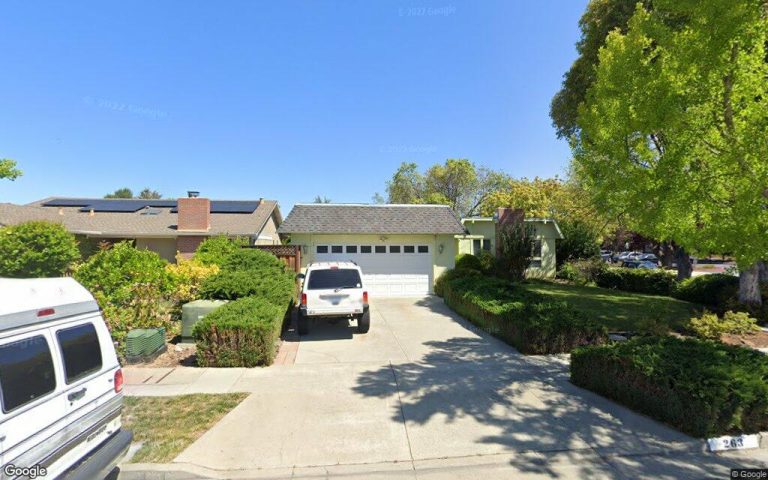In times of turmoil, student activism has historically sought to spur change, safeguard free speech and protect human rights. But whether these campus demonstrations actually make a difference often depends on the political climate and how protesters organize, behave and adapt, experts say.
As the war in Gaza careens into its seventh month, students from California to Massachusetts are gathering by the hundreds in encampments, and urging universities to separate themselves from companies advancing Israel’s military efforts, end academic partnerships with Israeli institutions and condemn the country’s brutality in the war.
Universities have largely ignored the protesters’ demands, in some cases directing heavily armed police to sweep the tent cities and arrest anyone who refuses to leave. It is too soon to say how those demonstrations will play out.
University of Texas police officers arrest a man at a pro-Palestinian protest on campus, Wednesday April 24, 2024, in Austin, Texas. (Jay Janner/Austin American-Statesman via AP)
Over the last 60 years, it has been estimated that millions of students have participated in campus protests at their colleges and universities. In the Bay Area and around the nation, such protesters were instrumental in creating ethnic studies programs, cementing free speech policies, curbing tuition hikes and protecting civil rights. They’ve carried banners to end wars, fought repressive government regimes and rallied for educational reforms.
But the question remains: when all is said and done, are student protests the best and most efficient way to propel change?
“Historically, student protests have been a driving force for societal and political transformations. The anti-Vietnam War protests in the 1960s, the anti-apartheid movement in South Africa, and the recent global school strikes for climate change are all examples of how student activism can be a catalyst for change,’’ global media commentator Matt Little said in an email.
“Student protests are a vital part of the democratic process. They embody the principles of freedom of speech and assembly, which are fundamental to a democratic society,’’ Little added.
Although protests aren’t always easy or comfortable, some experts say they’ve been a cornerstone of social progress.
But not everyone agrees.
“Although some student protests have been effective in the past — such as those against the Vietnam War — the Pro-Palestinian and Pro-Hamas protests of today go far beyond what the First Amendment was meant to protect,” said Dr. Carole Lieberman, a former college professor and an expert in terrorism. The First Amendment “doesn’t protect their trespassing, assaults, violence or hate speech.’’
Pro-Palestinian protesters camp out in tents outside Sproul Hall during a protest on the campus of UC Berkeley in Berkeley, Calif., on Thursday, April 25, 2024. Hundreds of pro-Palestinian protesters staged a demonstration in front of Sproul Hall where they set up a tent encampment and are demanding a permanent cease-fire in the war between Israel and Gaza. (Jose Carlos Fajardo/Bay Area News Group)
Lieberman contends that protesters of past generations were more knowledgeable about the issues they were protesting than some today. “For example, they shout, ‘From the river to the sea,’ but don’t even know what river, what sea and what this means,” she said.
While many Palestinian activists say that chant is a call for peace and equality, Jews hear it as a clear demand for Israel’s destruction.
Student protests are as old as the universities themselves and can be traced back to a student strike at the University of Paris in the 13th century following a deadly student riot. The protest lasted more than two years and led to a number of reforms.
In the 16th century, when an Italian university canceled student vacations for the celebration of Carnevale, students rioted, attacked faculty members and destroyed lecture halls.
Spring break was never canceled again.
Although not as far-reaching, the Bay Area has a rich history of student activism.
In 1968, Black, Asian and Latino students at San Francisco State College (now San Francisco State University) held a 134-day student strike that ultimately helped create the College of Ethnic Studies, the nation’s first freestanding college, which has since influenced the creation of such departments nationwide.
A Black Students Union leader in front of a crowd of demonstrators at San Francisco State College in Dec. 1968. The union had gone on strike after racial strife between students and administration. (AP Photo)
The strike was led by the Black Student Union and Third World Liberation Front from November 1968 to March 1969. By the time a deal was cut, more than 500 protesters had been arrested by police who had violently clashed with the demonstrators.
Four years earlier, UC Berkeley students had protested the university’s restrictions on political activities on campus. Graduate student Mario Savio and “500 other students marched on Berkeley’s administration building and called for an organized student protest to abolish all restrictions on students’ free-speech rights throughout the University of California system,” according to published reports.
In December 1964, 5,000 people gathered outside the administration to push ahead for a campus-wide strike to bring down the university “machine,” but after 1,500 people entered the building for a peaceful sit-in demonstration and police became increasingly violent in efforts to remove demonstrators, Berkeley faculty voted overwhelmingly to support the movement.
Today, the Free Speech Movement “stands as a symbol of the importance of protecting and preserving free speech and academic freedom,” according to historical accounts from the university.
In this Dec. 7, 1964 file photo, Mario Savio, leader of the Berkeley Free Speech Movement, speaks to assembled students on the campus at the University of California in Berkeley, Calif. (AP Photo/Robert W. Klein, File)
Jack Radey, who protested during the Free Speech Movement in the 1960s and is now the president of the Free Speech Movement Archives, said students need to “fight smart” when protesting.
“In general, threatening violence, or doing it, whether by destroying property, or disrupting a speaker or class, or throwing rocks at police who are not violently trying to prevent people from exercising their constitutional rights, is counterproductive, stupid, and fundamentally about good old fashioned macho posturing,’’ Radey said via email.
Student protests against the Vietnam War began in the 1960s when Students for a Democratic Society organized widespread “teach-ins” in opposition to the war tactics being used by the U.S. government and to the military draft. One such teach-in on the UC Berkeley campus in May 1965 drew about 30,000 people over the three-day event.
In 1969, student activists at Harvard also held protests against the war, even putting a list of demands on the door of the university president’s house. Protesters wanted the Reserve Officers’ Training Corps (ROTC) to be moved off campus and were successful in making that happen, according to published reports.
In spring 1985, students at UC Berkeley against apartheid in South Africa staged daily sit-ins and camped at Sproul Plaza, eventually drawing thousands of protesters and celebrities to their cause. After, more than 150 students were arrested and 10,000 students boycotted classes. By summer 1986, the regents voted to divest $3.1 billion from companies doing business in the African country.
“Student activism has often served as the conscience for nations, reminding people in times of turmoil of the founding ideals of their countries and the aspirations of all people for justice, dignity, and equality,’’ said Glenn Omatsu, who teaches classes in the Educational Opportunities program and the Asian American Studies department at Cal State Northridge.
Pro-Palestine protester Malak Afaneh, a third-year law student at UC Berkeley, said demonstrations at Cal took a page from prior protest playbooks and drew a parallel to when students from the Divest from Apartheid Africa movement slept outside for a number of days to protest the university’s investments in South Africa.
“They did not call it an encampment but (they used the) same tactics of making sure we put administration in a place where they’re forced to pick divestment,’’ Afaneh said. “I would say before the encampment we’ve already followed in the footsteps of the free speech movement and the Vietnam War and the March on Washington in terms of having multiple walkouts.”
UC Berkeley law student Malak Afaneh sits on the front steps of Sproul Hall during a protest on the campus of UC Berkeley in Berkeley, Calif., on Thursday, April 25, 2024. Hundreds of pro-Palestinian protesters staged a demonstration in front of Sproul Hall where they set up a tent encampment and are demanding a permanent cease-fire in the war between Israel and Gaza. (Jose Carlos Fajardo/Bay Area News Group)
The Associated Press and staff writers Sierra Lopez and Ryan Macasero contributed to this report.












